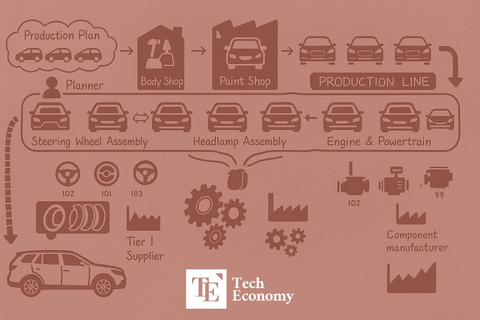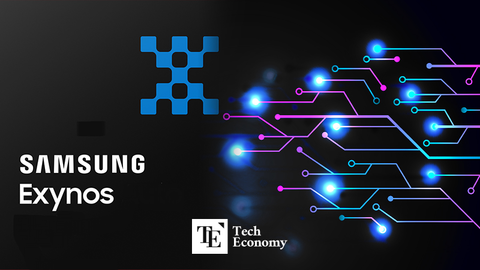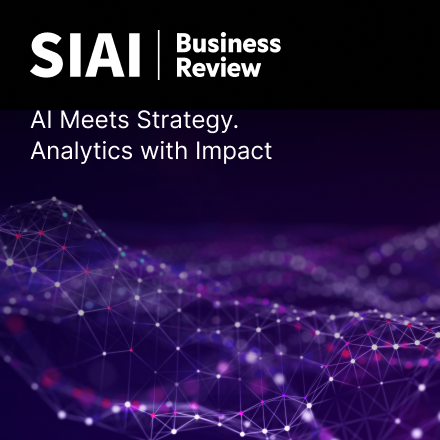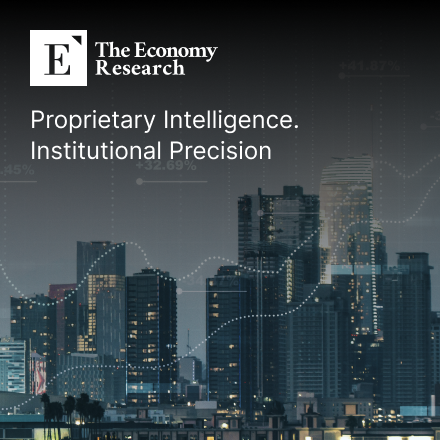Input
Changed
A gate once open now starts to close. The stream of data begins to slow. What once was shared must now be earned. And every byte comes with a toll.
For years, financial technology companies have thrived on open access to consumer banking data, allowing them to build tools for budgeting, investing, lending, and payments. But a recent move by JPMorgan Chase may redraw the boundaries of that ecosystem. By imposing significant new fees for third-party access to its data, JPMorgan is not only responding to the strain on its digital infrastructure but also signaling a more profound shift in how traditional banks plan to compete with fintech and crypto firms in the next phase of digital finance.

The End of Free Access
NEW YORK. JPMorgan Chase is changing the rules of the road for financial technology firms, introducing sweeping new fees on data access that could significantly alter the fintech sector's operations. The decision reflects a more profound strategic shift by one of the world’s largest banks, signaling the end of an era in which open banking data flowed freely between traditional institutions and tech-based disruptors.
For over a decade, fintech startups have leveraged access to banking data to develop services centered on budgeting, payments, investments, and digital wallets. Much of this access came through middlemen like Plaid and Yodlee, which served as data aggregators, funneling consumer-permissioned bank data into apps that made financial life more user-friendly.
But JPMorgan now argues that this ecosystem has created an unsustainable burden. In a statement released earlier this month, the bank revealed that massive server requests, often in the millions per day from aggregators, were putting strain on its systems, necessitating higher investments in cybersecurity, bandwidth, and infrastructure. JPMorgan officials emphasized that the new fees are intended to defray those operational costs.
Yet industry observers see something more layered beneath the surface. JPMorgan’s decision also comes at a time when consumer financial data has become more valuable than ever, powering everything from credit risk models to targeted lending. By reasserting control over how data leaves its servers and who pays for it, the bank may be attempting to fence off one of its most strategic assets.
Some fintech leaders suspect that the move is part of a broader effort to outmaneuver competitors. “It’s hard to believe this is just about server costs,” said a senior executive at a leading budgeting app, who spoke on condition of anonymity. “Data is money. JPMorgan is building a tollbooth.”
The timing is notable. As interest in cryptocurrency, AI-driven lending, and decentralized finance continues to grow, traditional institutions are looking to reassert their dominance. For JPMorgan, this may be the first step in constructing a higher wall between old and new financial systems.
Plaid, Crypto, and the Pressure to Monetize
Plaid, one of the largest data aggregation companies in the United States, has so far remained measured in its public response. The company acknowledged JPMorgan’s right to set terms on its data but also warned of unintended consequences. According to a Plaid representative, higher access fees could increase costs for consumers, reduce innovation, and fragment the fintech ecosystem.
Still, insiders say the pressure has been building for months. Behind the scenes, some fintech developers have already started adjusting their APIs or rerouting data flows to reduce the load on JPMorgan’s servers. Others are exploring direct partnerships with smaller banks or credit unions to avoid the looming fees altogether.
Another theory circulating within the fintech community is that this decision is aimed not only at traditional startups but also at crypto firms. Blockchain-based wallets and crypto platforms often scrape or request banking data to verify identities, facilitate transfers, or fund digital accounts. These firms, which frequently operate with thin margins and minimal regulation, may have been significant contributors to JPMorgan’s server traffic.
A recent CNBC report cited unnamed JPMorgan insiders who directly linked crypto activity to a growing concern. Unlike mainstream fintech apps that throttle or limit requests, crypto platforms may not always comply with usage guidelines, leading to surges in activity that stress legacy systems.
From the bank’s perspective, the solution is twofold. First, by adding fees, they encourage more responsible data use. Second, and perhaps more importantly, they regain control over the flow of data, thereby limiting access for those who might pose reputational, financial, or regulatory risks.
This logic isn’t entirely out of line with the regulatory trends either. Federal agencies have shown increased interest in how financial data is stored, transferred, and utilized for monetary gain. JPMorgan’s fees may serve as a preemptive step to prove responsible data stewardship at a time when data security is under intense scrutiny.
But many see it as a protectionist move. For fintech firms accustomed to riding a wave of cheap access, this may mark the end of their free ride. Startups without deep pockets or engineering teams to restructure data flows will be hit hardest. Meanwhile, larger competitors such as Apple, Google, or even JPMorgan’s own Chase app can consolidate power by exclusive access and scale.

A Fork in the Road for Open Banking
This dispute is not just a pricing issue; it reflects an inflection point in the broader open banking movement. For years, policymakers and advocates have pushed for consumer data portability as a core right. Customers should be able to move their data freely between providers, enabling better services and increased competition.
The rise of Plaid and other aggregators was a step toward that vision. But JPMorgan’s shift suggests a growing resistance among incumbent banks. If other institutions follow suit, the entire infrastructure that underpins consumer fintech in the United States could begin to fragment.
Europe offers a helpful comparison. Under its PSD2 directive, banks are required to provide access to customer data for regulated third parties, often without charge. This has led to a thriving and competitive fintech landscape. In contrast, the United States lacks a unified regulatory framework for data access, allowing institutions to dictate terms.
JPMorgan’s move highlights the consequence of that gap. Without regulation, each bank can build its walls. Fintech companies must then navigate a complex web of relationships, costs, and technical standards, making it harder to scale or compete effectively.
Some fear this could slow down progress in critical areas such as financial inclusion. Many fintech apps serve underbanked or marginalized populations, offering budgeting tools, credit-building products, and low-cost lending options. Higher access fees could force these companies to pass on costs to users or restrict access entirely.
JPMorgan insists that it is open to dialogue. The bank states that it is willing to collaborate with aggregators to develop fair pricing models and efficient data-sharing agreements. But trust in those assurances remains low among fintech entrepreneurs.
Ultimately, this is more than a business dispute. It is a contest over the future of finance, who controls the pipes, who pays the tolls, and who decides the rules. As data becomes the most valuable currency in banking, every firm in the ecosystem is preparing for a new kind of competition.
There is also a strategic dimension. By asserting control over data access, JPMorgan positions itself not just as a bank but as a platform, a gatekeeper for digital finance. It is a model inspired by big tech firms like Amazon and Apple, which control entire ecosystems. JPMorgan’s decision may be the opening chapter in the financial version of that story.
In the short term, the impact will likely be felt most acutely by smaller fintech firms and crypto platforms. In the long term, the entire architecture of data sharing in finance could be reshaped. Whether the market adjusts through partnerships, consolidation, or regulation remains to be seen.
For now, the message from JPMorgan is clear: access comes at a price. The digital tollbooth has arrived.





















